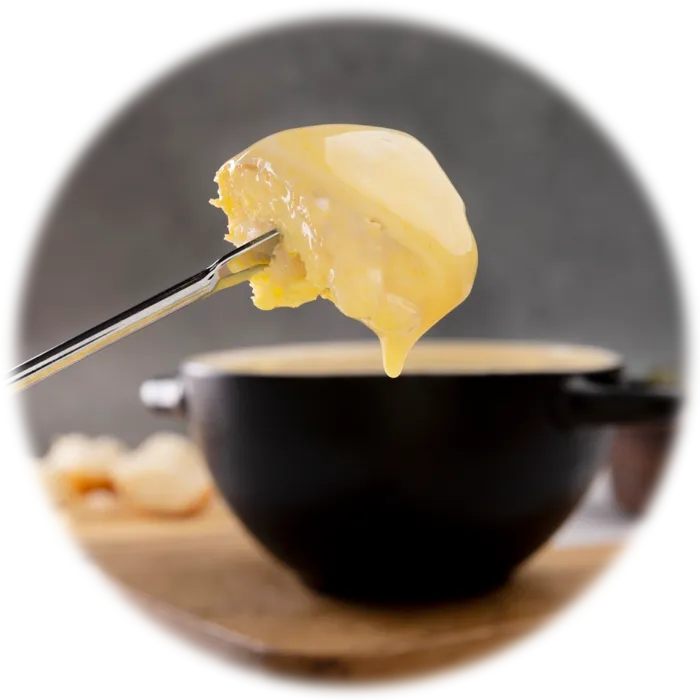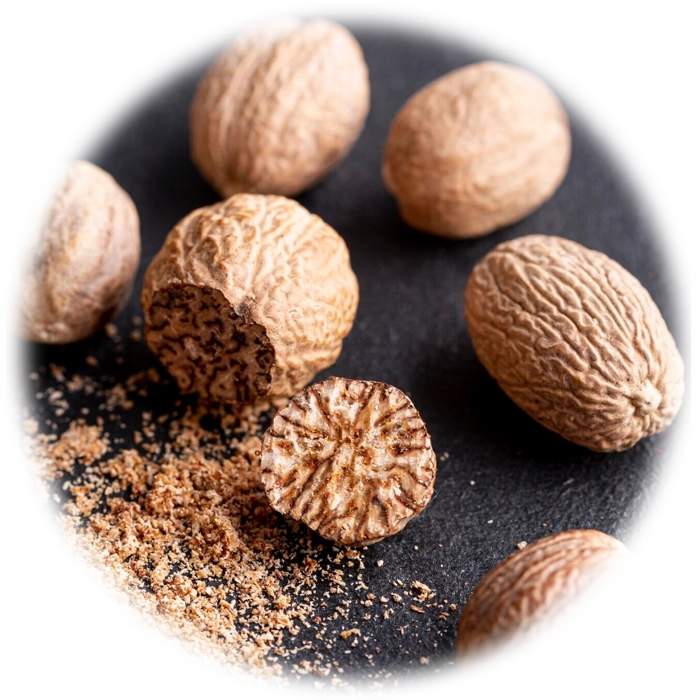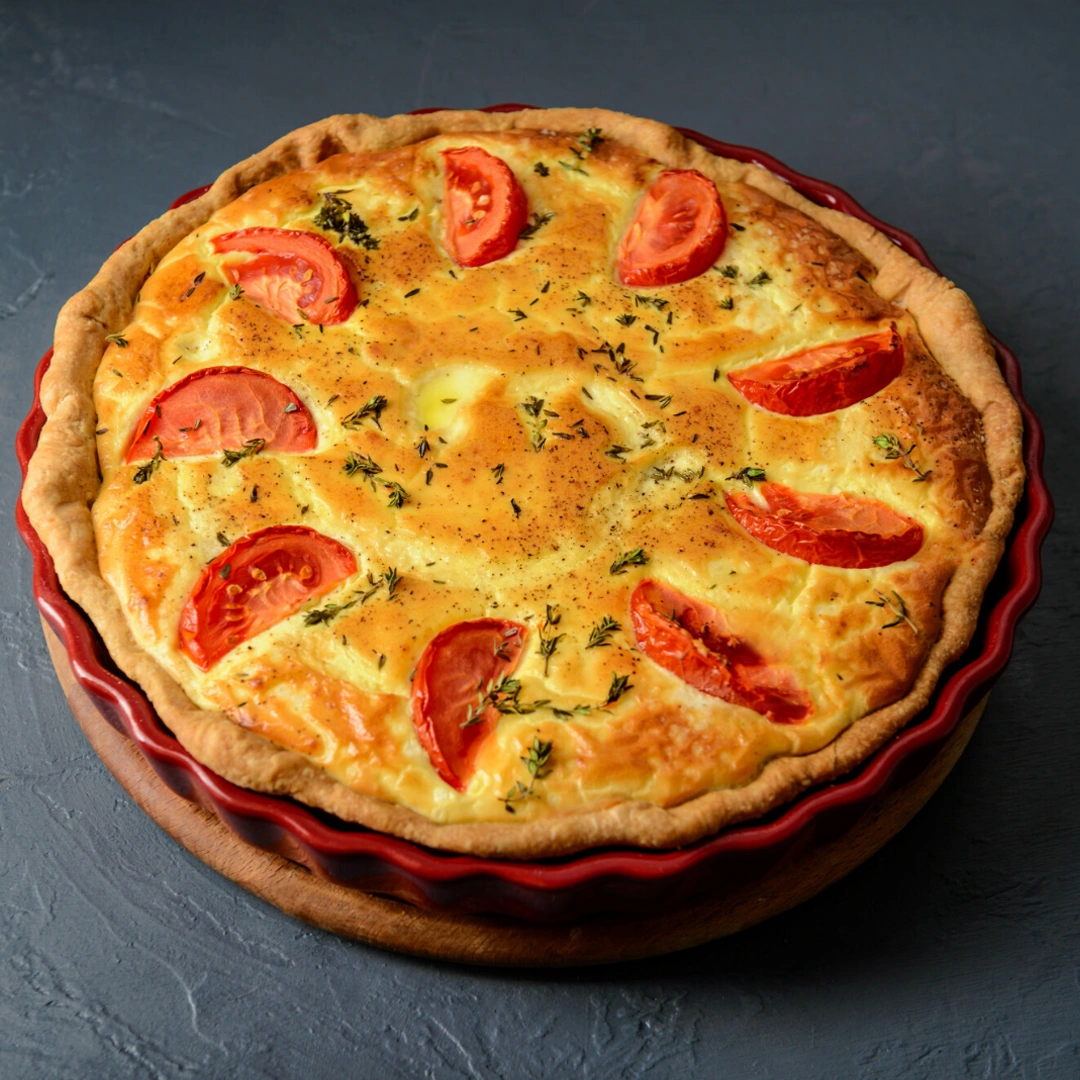

Top Health Benefits of Quiche Lorraine You Need to Know
Tomato & cheese quiche offers a rich blend of nutrients derived from its wholesome ingredients. Eggs provide high-quality protein and essential vitamins such as B12, D, and choline, which support brain and nerve function. The cheese adds calcium, phosphorus, and additional protein, while also contributing to the rich, creamy texture of the dish. Tomatoes bring antioxidants like lycopene, vitamin C, and potassium, which are known to support heart health and reduce inflammation. The use of dairy ingredients like cream and cheese also offers healthy fats, although they increase the dish’s overall calorie and saturated fat content. When served with a fresh side salad, the meal becomes more balanced, offering fiber and additional vitamins. While highly satisfying and nutrient-dense, this dish is best enjoyed in moderation, particularly for those watching their fat or calorie intake.
 Wheat Flour : 2 Cup
Wheat Flour : 2 Cup Unsalted Butter : 100 g
Unsalted Butter : 100 g Chicken Egg : 4 Piece
Chicken Egg : 4 Piece Salt : 1/2 Teaspoon
Salt : 1/2 Teaspoon Heavy Cream : 1 Cup
Heavy Cream : 1 Cup Cow Milk : 1/2 Cup
Cow Milk : 1/2 Cup Cheddar : 1 Cup
Cheddar : 1 Cup Tomato : 1 Piece
Tomato : 1 Piece Spinach : 1/2 Cup
Spinach : 1/2 Cup Nutmeg : to taste
Nutmeg : to taste black pepper : to taste
black pepper : to tasteRecipe :
For 4 people
Enjoy your delicious homemade Tomato & Cheese Quiche!
When preparing a tomato & cheese quiche, attention to detail during both the crust and filling stages is essential for achieving a perfectly textured and flavorful result. For the crust, ensure the butter is cold and the dough is not overworked to maintain a flaky, tender texture—chilling the dough before baking is crucial. Blind-baking the crust (pre-baking it with weights) prevents sogginess once the filling is added. When mixing the filling, avoid overbeating the eggs to prevent a rubbery texture after baking. Use full-fat cream for richness, but balance with milk if you prefer a lighter version. Be sure to remove excess moisture from tomatoes (by lightly salting and patting dry) to prevent a watery quiche. Distribute the filling ingredients evenly and bake on the lower rack of the oven to ensure a well-cooked base. Let the quiche rest for at least 10–15 minutes after baking to allow it to set properly before slicing.

This quiche is ideal for vegetarian diets due to its use of dairy and eggs, but it is not suitable for vegan, paleo, or ketogenic diets in its classic form due to the presence of dairy, gluten, and a relatively high carbohydrate content from the crust. It is also unsuitable for gluten-free diets unless made with a gluten-free crust alternative. Those following a low-calorie or low-fat diet should be cautious, as the dish contains high levels of saturated fat and calories, primarily from cream, cheese, and butter. It is not a good fit for DASH (Dietary Approaches to Stop Hypertension) unless low-sodium cheese is used and salt is minimized. Individuals following intermittent fasting could enjoy this quiche during their eating window, but portion control is advised. However, with some adjustments—such as using almond flour crusts, plant-based cheese, or light cream—it can be modified to suit other dietary preferences.
...